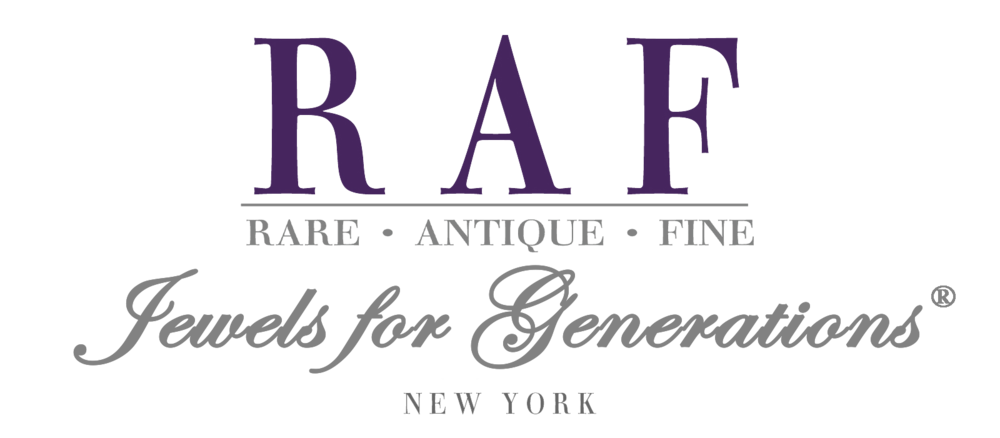Gemstone Origins: Series I: History & Discovery
Article by Sumeet Chordia, G.G.; Peer Review by Dr. Patrick Pfannkuche (Gübelin Gem Lab)
Dr. Eduard Gübelin (top-left,top-right). Gemstone inclusions (bottom) . Photos by Gübelin Gem Lab
Throughout most of modern history, gemstone dealers were aware of only a handful of regions known to produce gemstones, as well as their traditional treatments (enhancements). When asked about this piece of information, it was conveyed verbally to all parties in the supply chain. The information was valuable for traders. They wanted to know about the origins of gemstones in case they wanted to compare, replenish stock, or fulfill a demand. However, as miners discovered more sources and the types of treatments became sophisticated, misinformation became rampant in the market. There were clear signs that the industry was heading in unchartered territory.
With a lack of a scientific solution and ambiguity, the industry's pillars of integrity, honesty, and transparency began to crack. Honest traders and family-owned businesses lacked scientific prowess to earn the confidence of their buyers. Thankfully, high-end jewelry houses took control of the issue and established guidelines to protect themselves and their customers from hearsay; they began to demand origin and treatment certificates, and the practice slowly trickled to the rest of the industry. With time, it became evident that the jewelry trade must universally adopt a third-party evaluation to validate claims of origin and treatment to earn the confidence of their customers.
The diamond industry, with all its might, was at a loss and against a steep hill. That is why there is little to no such significance expressed on the origin of a diamond. Although the information on the geographic origin would immensely help the world from trading in conflict "blood" diamonds, the chemical makeup and environment of a diamond provide little assistance.
Contrarily, this was not the case for color gemstones which grew in more active and diverse environments. This determination came to fruition from breakthrough research conducted by a noble and remarkable scientist in Lucerne, Switzerland. While the House of Gübelin was established as early as 1923 to set up a gemological laboratory, it wasn’t until the 1950s when, Dr. Eduard (Edward) Josef Gübelin, a mineralogist and renowned scientific researcher, invented novel technologies and established a scientific method to make a highly conclusive determination on geographic origin and treatments - both of which are now essential factors in determining the value of a gemstone.
Dr. Gübelin was fascinated by the beauty of inclusions inside a gem. His persistence and desire to study the intricate inner world of a gemstone opened a revolutionary field of study in gemology. He proved that by performing specific analytical tests and observing the nature of "crystals, particles, bubbles, and other shapes and colors visible inside gemstones" (Gübelin, 2020), he could unveil a gemstone's geographic origin and evidence of treatment. He realized that the delicate environment inside a gem was as unique as a fingerprint, and a snapshot of millions of years into the Earth's history. Dr. Gübelin understood that if man enhanced the stone to improve the color or clarity, then there would be clues to support the alteration.
To expand his study and improve his method of determining origin and treatments Dr. Gübelin traveled across the world and collected specimens. Today, the collection at Gübelin Gem Lab comprises of over 27,000 gemstones from all of the major commercial sources. He realized that in order to make a conclusive determination on origin and treatment, he would need to gather stones from various sources and build an expansive database of their properties. His approach has been consequential and still stands today, all while preserving the industry and creating a strong demand for natural gemstones.
Today, the American Gemological Laboratory (AGL), Gemological Institute of America (GIA), Gübelin Gem Lab, and SSEF, all conduct proprietary scientific research using Dr. Gübelin's charted path and have improved their scientific methods to produce more substantiated and consistent results.

